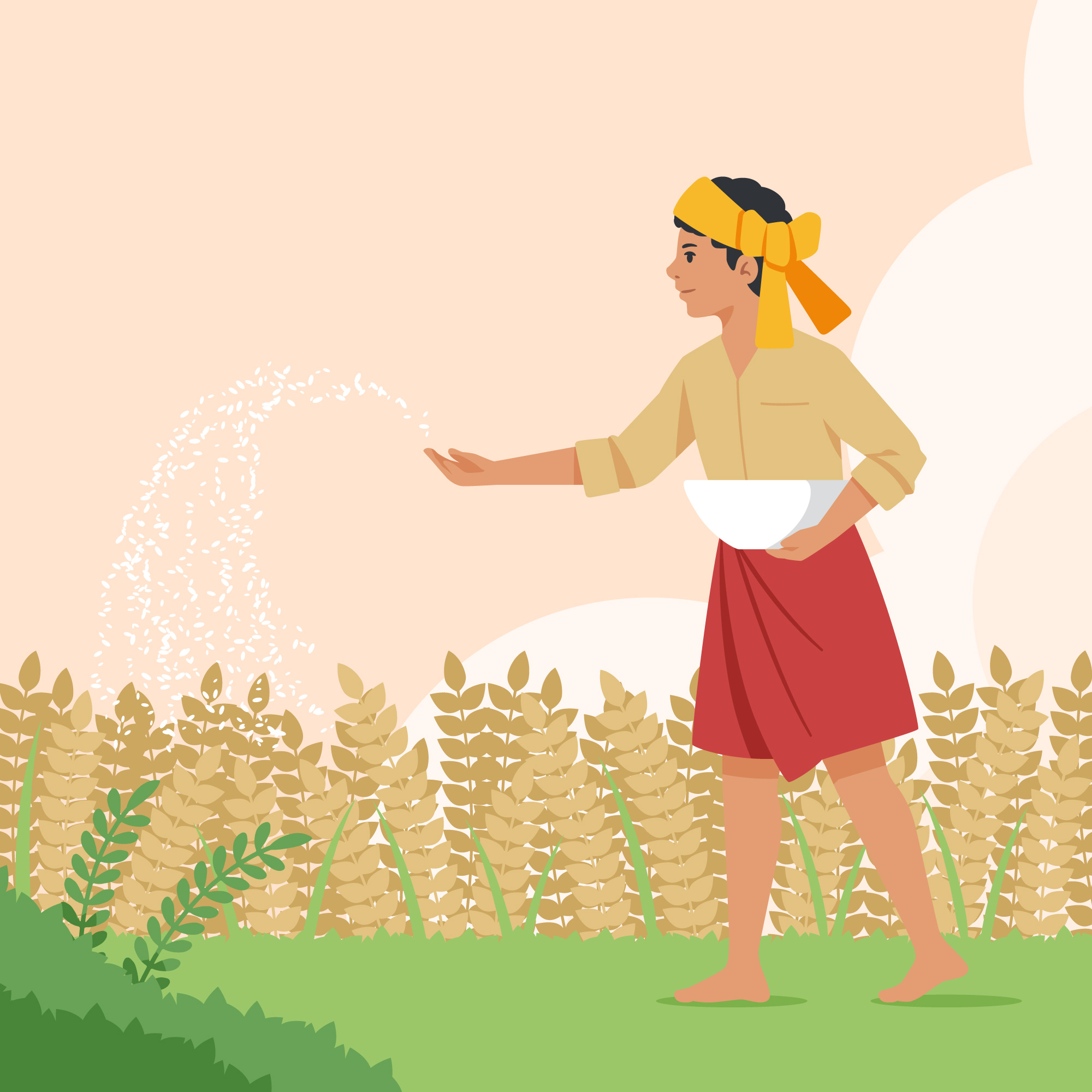News Highlights:
- The Government has formulated National Mission on Natural Farming (NMNF) as a separate and independent scheme from 2023-24 by upscaling the Bhartiya Prakritik Krishi Paddati (BPKP).
- It aims to motivate farmers to adopt chemical-free farming and enhance the reach of natural agriculture.
Natural Farming:
- About:
- It was introduced by Masanobu Fukuoka, a Japanese farmer and philosopher, in his 1975 book The One-Straw Revolution.
- Natural farming is a method of chemical-free agriculture drawing from traditional Indian practices.
- It is a unique model that relies on Agroecology, aiming to bring down the cost of production and boost the return to a sustainable level.
- Features of Natural Farming:
- Chemical Free: Natural farming refers to agriculture in which chemicals like pesticides, fertilisers, growth regulators, food additives, and genetically modified organisms are entirely shunned.
- Use of Alternatives Systems: In place of chemical-based inputs, natural farming utilises methods like crop rotation, green manures and compost, biological pest control and mechanical cultivation.
- Additional Practices: Natural farming systems can be complemented with practices like crop rotation (planting different crops sequentially), mulching (see inset), intercropping (planting other crops simultaneously in a field) and seed soaking with liquid manure to increase the yields in a field.
Significance of Natural Farming:
- Soil Health:
- Natural farming leads to better soil health as it does not deplete the macro-nutrients (nitrogen, phosphorus and potassium) and micro-nutrients (iron, manganese, zinc and copper), organic carbon, and rhizosphere microbiome in the soil, unlike the conventional chemical-based practices.
- Environment:
- Natural farming leads to fewer carbon emissions and promotes carbon sequestration. It also promotes soil respiration, and the growth of beneficial organisms like earthworms, soil enzymes and microbial biomass increases.
- Crop Yield:
- Natural farming is more productive as compared to chemical-based agriculture.
- Reduction in the Costs:
- As the farmers produce the inputs on the farm itself, the costs would be decreased substantially.
- Water-use efficiency:
- The use of natural farming methods leads to more efficient use of soil moisture, increasing the water table levels, preventing over-extraction of groundwater and promoting aquifer recharge.
- Food Quality:
- It promotes the growth of nutrient content and improves the physical attributes of vegetables like tomatoes, cabbage and cowpea, fetching better prices in the market.
- Income and Livelihood:
- This approach minimises the cost of cultivation (as inputs are produced on-field) and fetches a premium price for the produce.

National Mission on Natural Farming:
- About:
- The National Mission on Natural Farming (NMNF) has been formulated by upscaling the Bhartiya Prakritik Krishi Paddhati (BPKP) to promote natural farming nationwide.
- NMNF will cover a 7.5 lakh hectare area by developing 15,000 clusters. The farmers willing to implement natural farming in their fields will be registered as cluster members.
- Each cluster shall comprise 50 farmers or more with 50-hectare land.
- Also, each cluster can fall into one village or spread across 2-3 nearby villages under the same gram panchayat.
- Financial Assistance:
- Under NMNF, farmers will receive financial assistance of ₹15,000 per hectare per year for three years to create on-farm input production infrastructure.
- However, the incentives would be provided to farmers only when they commit to natural farming and have taken it up.
- If a farmer defaults or does not continue with natural farming, subsequent instalments shall not be disbursed.
- Large-scale training:
- The agriculture ministry is undertaking large-scale training of master trainers, ‘champion’ farmers and practising farmers in natural farming techniques through the National Institute of Agricultural Extension Management (MANAGE) and National Centre of Organic and Natural Farming (NCONF).
- A Web portal has also been launched to promote natural farming with information on the implementation framework, resources, implementation progress, farmer’s registration, blog, and so on.
- Establishment of BRCs:
- The Centre intends to set up 15,000 Bhartiya Prakritik Kheti Bio-inputs Resources Centres (BRCs) to provide easy access to bio-resources wherein cow dung and urine, neem and culture play an important role.
- These bio-input resource centres would be set up alongside the proposed 15,000 model clusters of natural farming.
Pic Courtesy: Freepik
Content Source: PIB



